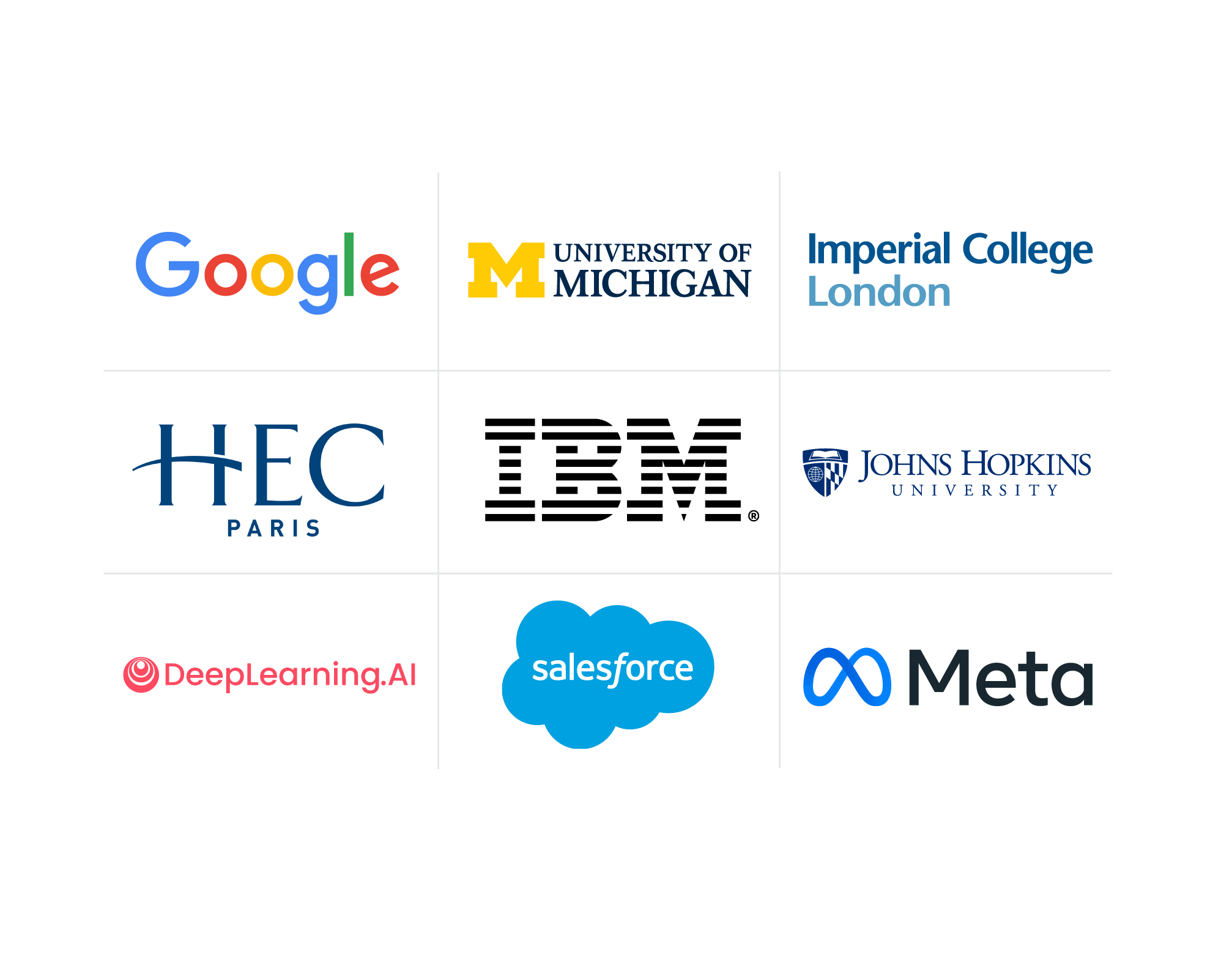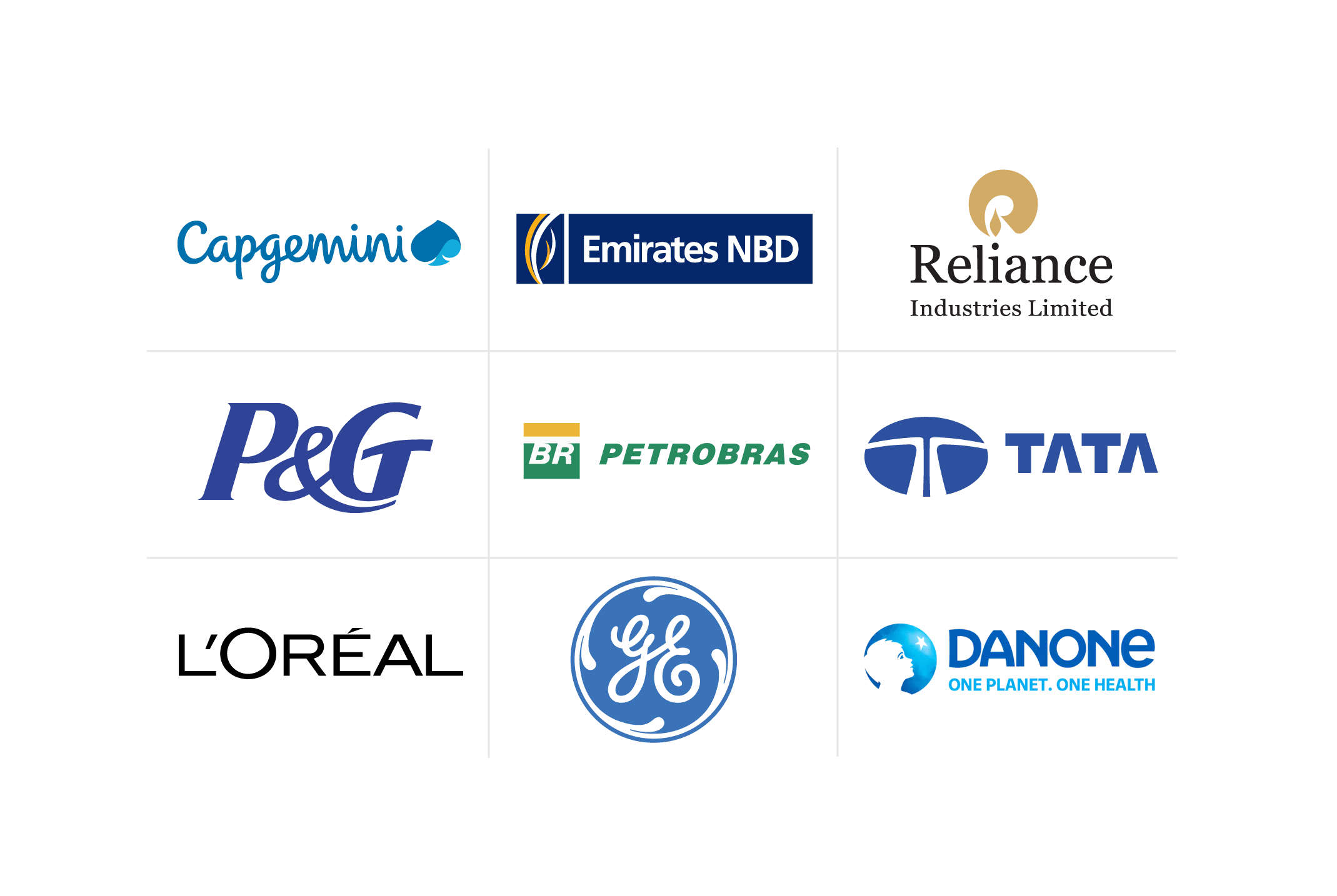Top Strategies to Build Employee Engagement
Learn how to implement employee engagement strategies to improve company culture, employee well-being, and productivity.
![[Featured image] Group of employees meeting and discussing plans](https://d3njjcbhbojbot.cloudfront.net/api/utilities/v1/imageproxy/https://images.ctfassets.net/2pudprfttvy6/58uChW24RsWqQaFmCu9YCF/538c87ce36473b2b3db014d33facf0c0/iStock-827810870.jpg?w=1500&h=680&q=60&fit=fill&f=faces&fm=jpg&fl=progressive&auto=format%2Ccompress&dpr=1&w=1000)
Employee engagement is the connection an employee has to their organization. This affects whether employees choose to stay at the organization, how satisfied they are in their position, whether they go above and beyond to foster company growth, and how committed they are to promoting the company mission. While many organizations work to improve company engagement, many need help to retain employees and improve employee engagement. However, focusing on key drivers of employee engagement and designing strategies around these drivers may help your organization foster engagement and improve organizational success.
In this article, we will dive into the importance of employee engagement and how you can use top strategies to boost employee engagement in realistic and effective ways.
Why is employee engagement important?
Employee engagement is one of the key drivers of organizational success. Because of this, it is a focal area of many successful organizations, such as Microsoft, Apple, Salesforce, PepsiCo, and Cisco Systems.
Employee engagement has been linked to company and individual success in more ways than one. Companies with higher employee engagement tend to have higher levels of employee satisfaction, higher profits, high productivity, reduced employee turnover rates, higher safety levels, and more. According to Gallup, businesses with higher employee engagement had a 23 percent rise in profitability compared to teams with lower engagement levels [1]. With such strong associations with company benefits, you may seek strategies to improve employee engagement within your organization.
Read more: Why Is Employee Engagement Important?
How to find the best employee engagement strategy
According to Gallup, five key factors drive employee engagement [1]:
Employee and organizational purpose
Opportunities for employee development
Positive relationships with managers who foster employee growth
Ongoing communication and open conversations
Focusing on strengths
When designing employee engagement events or strategies, it is crucial to promote key drivers of employee engagement. Engaged employees feel optimistic and passionate about their work, and they often feel connected to the organization and its mission. When employees have room to grow, are passionate about their work, and are team-focused, the entire organization benefits.
While employee engagement is closely related to high employee satisfaction, they differ. Employee satisfaction refers to how content in their position an employee is. However, this does not necessarily relate to the employee’s organizational commitment. Employee engagement refers to the emotional commitment to the organization and mission. A satisfied employee might arrive at work, but an engaged employee will go above and beyond to meet project goals and foster progress. When designing an employee engagement strategy, it is important to focus on increasing engagement.
Strategies to improve employee engagement
There are several ways to improve employee engagement, and the dynamic of your team and organization will determine which strategies are right for you. For example, if your team works remotely, an in-office lunch will not be the best strategy, but a company-funded Zoom lunch meeting with delivered meals may be a fun alternative. Employee engagement is an ongoing process, so try not to get discouraged if your first idea doesn’t work. Listen to your team’s feedback and determine which strategies yield the best results.
Promote employee bonding.
Incorporating fun activities into your work environment can help build relationships between employees within the company. Coworker relationships, collaboration, and communication are key drivers of employee engagement. When employees can bond and build feelings of inclusion and camaraderie, teams may become more effective, and employees may develop stronger ties to the organization. For a fun way to encourage bonding between employees, consider the following ideas:
Sports games
Bowling
Cooking class
Escape room
After work happy hour
Lunch
Comedy show
Holiday lights show
Offer perks of employment.
By offering employment perks, you can help your employees feel valued within your company. While this alone may not increase employee engagement, it can provide a space where employees feel appreciated, respected, and cared for by the company. Examples of potential employment perks include:
Wellness budget or discounted rates
Competitive pay
In-office lunch
Paid time off
Flexible working hours
Discounted sports or event tickets
Discounted restaurant prices
Many industry leaders provide their employees with top-notch perks. For example, Google creates a fun environment in the office, including access to fitness studios and free meals. Salesforce Inc., on the other hand, offers employees $100 per month for wellness, helping to promote work-life balance.
Create a space for open feedback.
Communication is one of the driving forces for employee engagement. By implementing engagement strategies that open communication within the organization and acting on employee feedback, you can help employees feel like they are shaping the workplace. This instills feelings of trust and a bond between employees and the organization. To foster this collaborative space, consider:
Daily or weekly surveys on employee experiences
Regular meetings between employees and higher levels of management
Open Slack or communication channels for employees at all levels
Open communication and a “fluid hierarchy” exist at many top-performing organizations, including Apple. By ensuring employees at every level feel valued and open to giving feedback, organizations can ensure the workplace is a conducive environment for growth at all levels.
Provide learning and development opportunities.
By showing opportunities for growth within the companies, employees may be less likely to feel “stuck” or like they need to move outside the organization to grow within their professional careers. Your goal should be to show employees that there are opportunities to expand within the organization and that internal candidates are promoted to higher positions within the company. Consider implementing ongoing learning opportunities such as:
Lunch and learn meetings where speakers can share expertise and network
Training opportunities to learn new skills
Learning opportunities in line with company goals to help employees grow within roles
Speakers to enhance employee knowledge and motivate teams with fresh perspectives.
Clear strategic alignment and a transparent company mission give employees a sense that they are working toward a common goal. This gives a sense of purpose within the organization, which is one of the highest drivers of employee engagement. If employees feel they have the opportunity to thrive within the organization and help promote positive change, they may feel more committed to their position and team.
Read more: 15 Employee Engagement Ideas
Next steps
Employee engagement is a top driver for company success. To learn more about utilizing these strategies, consider top courses on Coursera, such as the Engagement & Nurture Marketing Strategies course by Northwestern University, SAP Customer Engagement and Discovery by SAP, or Accountability and Employee Engagement by the University of Colorado Boulder.
Article sources
Gallup. “What Is Employee Engagement and How Do You Improve It?” Accessed November 2, 2023.
This content has been made available for informational purposes only. Learners are advised to conduct additional research to ensure that courses and other credentials pursued meet their personal, professional, and financial goals.


